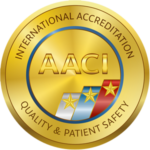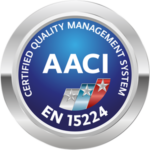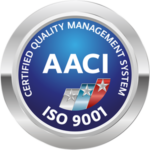We treat varicose veins with modern minimally invasive methods.
The problems of varicose veins are diagnosed clinically and with the help of an ultrasound Colour Doppler.
With ultrasound, we gain insight into the appearance and functionality of surface and deep veins, and also rule out the existence of deep vein thrombosis or arterial disease.
After examining the condition, depending on the size, shape and anatomy of varicose veins as well as the general state of the organism, we can choose the best method of treatment.
- Endovenous laser ablation is a procedure that uses a laser to close a damaged vein from the inside. The procedure is performed under local tumescent anaesthesia under ultrasound control, on an outpatient basis, it lasts a short time, minimal scars remain after the procedure, and the patient is immediately mobile. Laser ablation is usually performed in combination with phlebectomy. Modern medical literature testifies that the laser is the most successful method of treating varicose veins.
- Phlebectomy is a minimally invasive procedure that removes varicose veins under local anaesthesia. It is most often used when the main veins are functional.
- Stripping or classic vein surgery in which the main vein is extracted under general or spinal anaesthesia, and the secondary veins are removed through several smaller cuts in the skin.
It is often necessary to apply several treatment methods to the same patient. Teamwork and individual approach to each patient are extremely important. By starting a treatment in time, complaints can be removed or alleviated, complications can be prevented and the progression of the disease can be slowed down.



